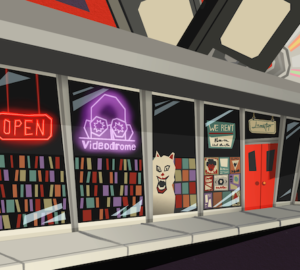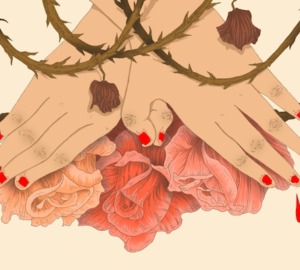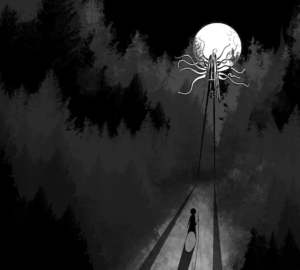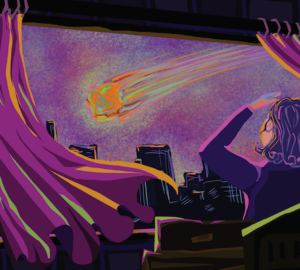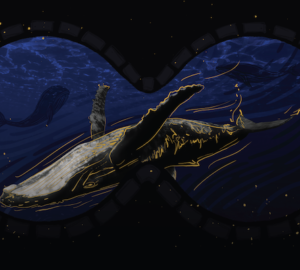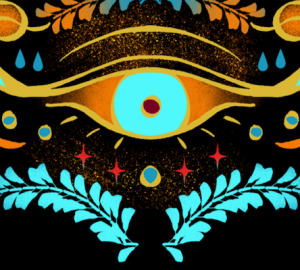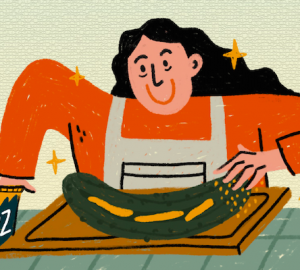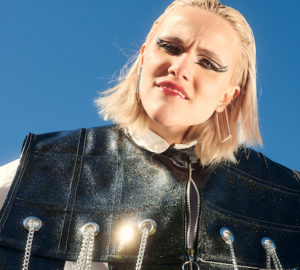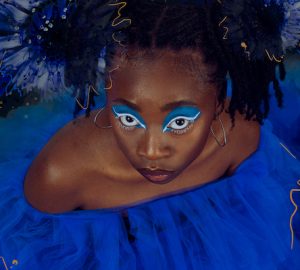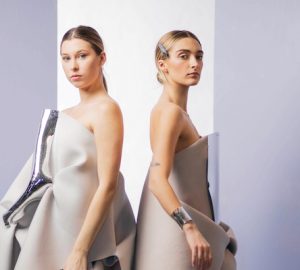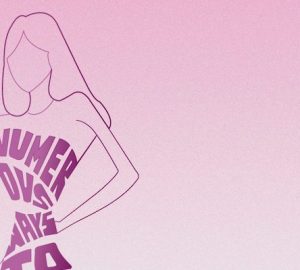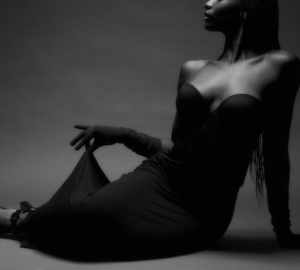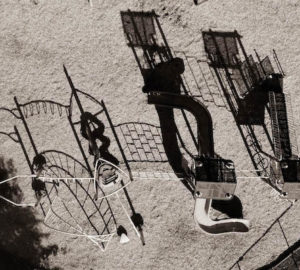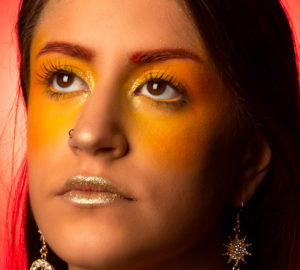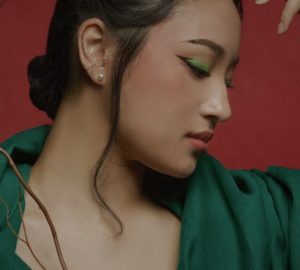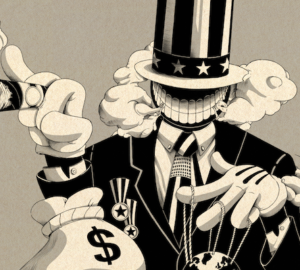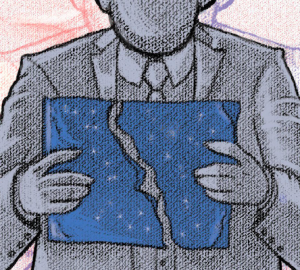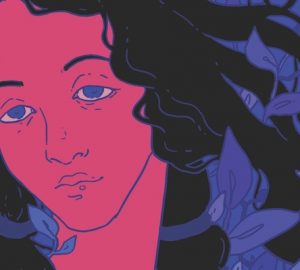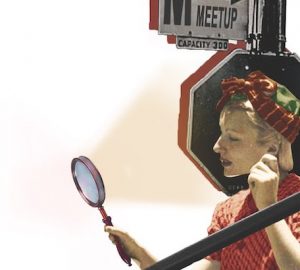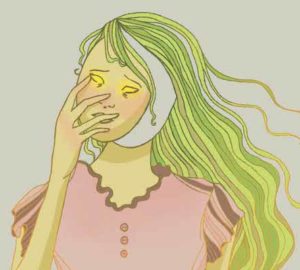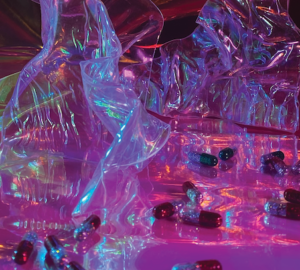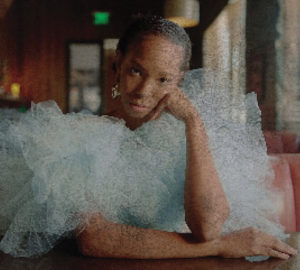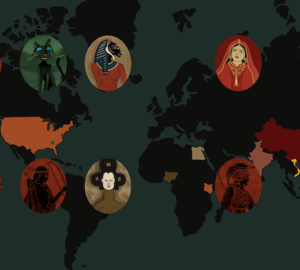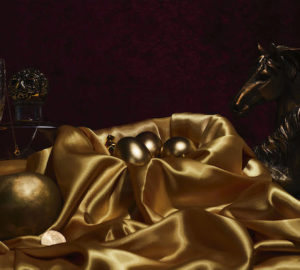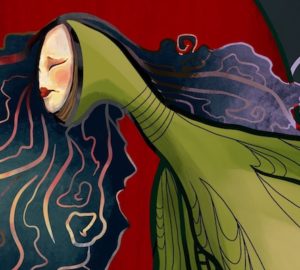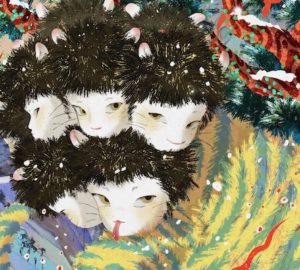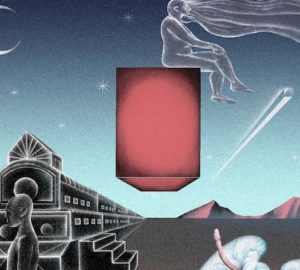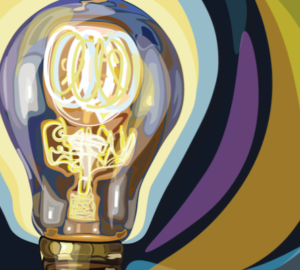A-Angst
In the beginning (AKA, just around 40 years ago), a new music genre was born, a crossbreed between hardcore music and confessional poetry, stuck in the middle between aimless whining and artistic genius. Emo, which is both a music style and lifestyle, is marked by it’s looming stereotypes of social alienation, attention- grabbing style, and of course, lots of teenage angst. Love it or despise it, it’s ripples through pop culture, internet usage and fandom are still felt today.
B- The Beach Boys
Wait a second… what are the Beach Boys doing on a list of emos? Turns out that their iconic “Pets Sounds” is sometimes considered to be the first “emo” album, despite being very separated from the sound and aesthetic we now associate with the scene. With themes about isolation and melancholy, Pet Sounds has the same spirit of emo, drawing comparisons between their confessional writing without having much screaming on the track. Do they sound the same? Obviously not. But were the Beach Boys in their feelings in a way that hadn’t yet been done before? Yes!
C-Cult
In 2008, the always reputable Daily Mail published the article “Why no child is safe from the sinister cult of Emo,” claiming that “emo,” as a subculture and as a music genre, would lead your child down a path of drugs, sex, and of course, suicide. Two weeks after the publication of this arti8cle, 300 My Chemical Romance fans protested outside The Daily Mail’s headquarters, protesting against the message.
D- D.C.
Emo emerged from our Nation’s capital in the 1980s, lead by the band Rites of Springs and Embrace. What was originally an answer to the hardcore-punk scene quickly morphed into the signature lyricism and delivery we know today. Today, D.C. still holds a thriving hardcore scene, but nothing like what was brewing at the end of the 20th Century.
E- “Emotional”
Ever wondered where the word “emo” came from? Originally coined as “emotional hardcore,” or simply “emocore,” the genre was known for being the sensitive side of punk music, with more vulnerable lyrics and a more “confessional” vocal style. Now emo means something else entirely, completely separate from the hardcore scene.
F- Fashion
Perhaps as important as the music, emo fashion is characterized by skinny jeans, dark colors, dyed hair, and of course guyliner. Checkerboard Vans were an essential, and Hot Topic was a popular stomping ground. It didn’t matter if no one at your school knew your favorite band, Hot Topic was sure to have their gaudy logo screenprinted on a shirt.
G- Goth
Although to an untrained eye they may seem similar, emo and goth are not to be confused. As South park’s “Dawn of the Posers” episode puts it: “A goth believes that deep down, the world is totally f*cked up/” Still confused? Most people were too, and continue to be today. Just know that they are completely different, and not at all similar, even though it totally looks like they are.
H- Heartthrobs
With rock music came sex symbols, and the early 2000’s emo scene was no different. Although there were many favorites scattered across blogs and message boards, the holy trinity of skinny jeans were Pete Wentz, Gerald Way, and Brendon Urie.
Move aside Zac Efron and Jonas Brothers, guys with fringe and makeup were taking spot on teen magazine covers. Articles ranged from hilariously entertaining to downright bizarre, swooning over guys that would have been weirdos at your local high school. And oh boy, the fans couldn’t wait to snatch up that special edition of J-14 all about Pete Wentz, with the headline that read, “I felt like such a dork!”
I- Internet
Without the internet, there would be no emo as we know it. Some of the most popular bands of the era, like Panic! At the Disco and Bring Me the Horizon, were discovered online, with music labels dipping their toes in to the world wide web for the first time.
J- Jack Skellington
The Nightmare Before Christmas and emo kids go together like bread and butter. For good reason too… how would Disney put out a movie about the living embodiment of Halloween, and not expect it to turn into a religion for the lonely ragdolls of the world? Eventually, it became the “live, laugh, love” of emo culture, inspiring tattoos, generations of costumes and several lines in Blink-182’s “I Miss You.”” We can live like Jack and Sally if you want…”
K- Kerrang!
Kerrang! is one of many rock music magazines that were popular during this era, along with Alternative Press and countless online sources. If your favorite band made the cover of Kerrang!, that’s how you know they made it (or that they were on their way to becoming the dreaded “poser.”)
L- Lyrics
Emo lyrics are probably the most recognizable aspect of the genre, maybe besides that classic vocal whine. If you were a true emo kid, you had your favorite The Academy Is… or New Found Glory lyric posted up as your MySpace status for all to see.
M- Mainstream
Emo was built on being an alternative to punk music, but ended up becoming more popular in the early 2000s. Thanks to the “mall emo” subgenre, lead by bands like Hawthorne Heights and Paramore, an offshoot of an underground scene was now on the radio. Naturally, some fans pushed back against these bands, claiming that real emo was only considered of bands you’ve “never heard of.”
N- New Jersey
Although emo was “born” in Washington D.C., many associate with subculture with the East Coast, and New Jersey in particular. My Chemical Romance, Thursday, Armor for Sleep, and Saves the Day were all apart of this roster. Some have attributed this phenomenon to the popular house show scene, and others pointing towards the wake of 9/11.
O- Overexposed
Here’s a guide to taking the perfect “emo selfie.” First, consider the outfit and hair. If your hair is looking perfectly teased and your eyeliner flawlessly smudged, you’re ready to go. Take out your digital camera, make sure the flash is on, and crane your arm out as far as it can go. And 3, 2, 1… click! Check it out, make sure it fits the criteria. Do you look moody enough? Can you already hear the song that you’re planning to use as a caption? And most of all… is the photo so overexposed that you can only see your eyes and hair? If so, it’s ready for all 45 of your MySpace friends to see.
P- Preps and Posers
Poser, noun. Easiest put by Urban Dictionary user “hi,” in February 2005: “Someone who acts like someone they’re not, but not realizing that they’re being fake. Basically a loser trying to fit in.” In other words, if you were trying to be emo and failing, you were a total freak. Don’t listen to the popular emo music, and don’t wear expensive emo clothes. that’s a one way ticket to be taunted all over your Livejournal.
There was only one thing worse, however… introducing the dreaded “prep.” Here’s another excerpt from an early 2000’s Urban Dictionary” “A prep is a person that is totally brainwashed by the media. They make fun of people who aren’t afraid to be themselves, otherwise known as individuals.” As the “popular kids” at school, preps were known for liking “mainstream music” and shopping at Abercrombie and Hollister. If you want to be a true emo, prepare to turn your back on everything pink, pretty, and likeable.
Q- Queen
Scene Queens, like Audrey Kitching and Kiki Kannibal, were equally praised as they were criticized for their MySpace-curated looks, with razored bangs and expert eyeliner. While teenage girls were clamoring to look like these original influencers, many men in the scene found “Scene Queens” shallow, being emo not for the music, but for the subculture (because God forbid a woman like anything!)
R- RAWR
“Rawr means I love you in dinosaur” was the peak of emo phrases, and the dawn of the baby-talk meme language. Was also abbreviated to “RAWR XD” on t-shirts and text messages on flip phones.
S- Subgenres
Even though emo was originally a derivative of post-hardcore, it went on to grow a spiderweb of it’s own subgenres. Emo pop is the most popular, followed by Midwest emo, which is marked by American Football’s math-rock guitar riffs. Other subgenres include “sass,” emo rap and screamo.


